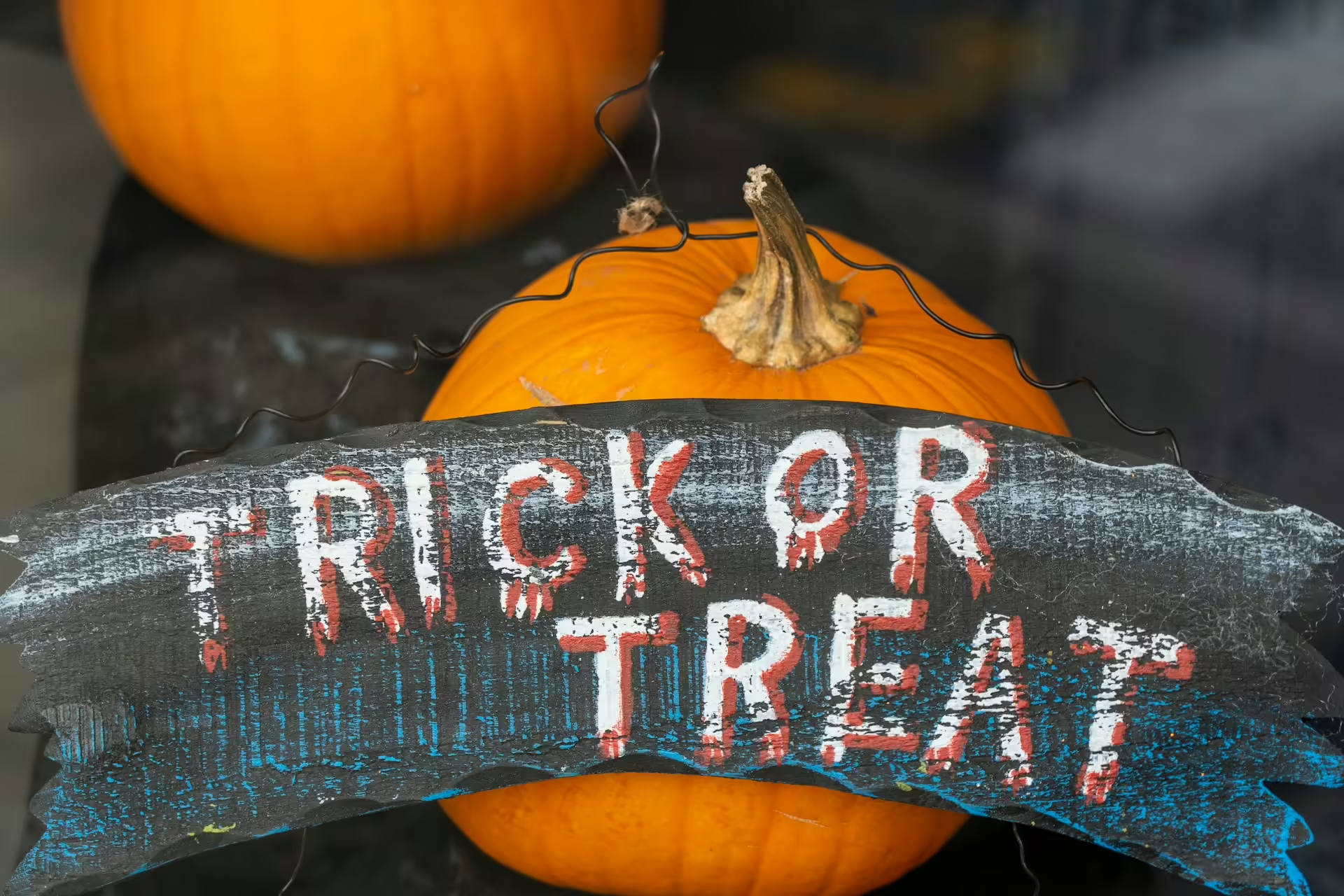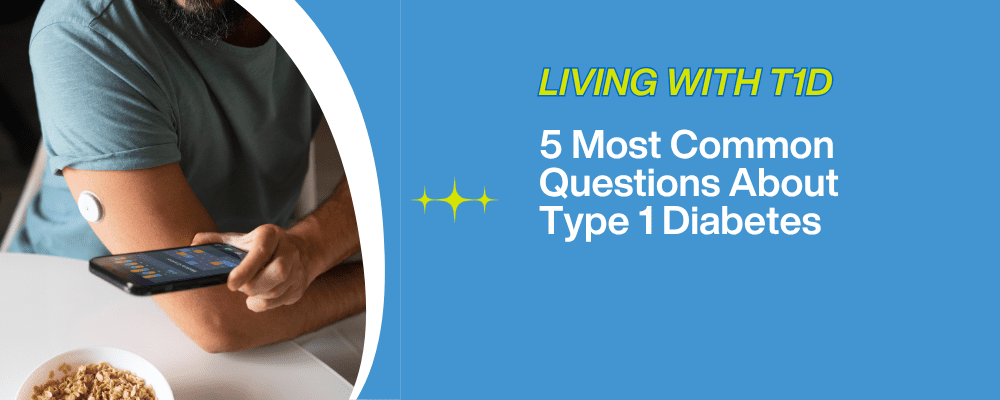Halloween is one of the most exciting times for kids, filled with fun costumes, festive activities, and candy. However, for children with type 1 diabetes (T1D) and their families, Halloween can come with extra considerations. The combination of candy and excitement can cause unpredictable blood sugar levels, but kids with T1D shouldn’t miss out on the fun. Children with T1D can still enjoy Halloween safely with careful planning. This blog will share practical tips for navigating Halloween with T1D, from planning to managing post-Halloween blood sugar.
Preparing for a Fun and Safe Halloween
Preparation is key to ensuring a safe and enjoyable Halloween for children with T1D. Start by planning ahead to minimize surprises. Before your child heads out to trick-or-treat, check their blood sugar to ensure it’s in a safe range. Pack all the necessary supplies, such as insulin, a glucose meter or continuous glucose monitor (CGM), insulin syringes, and fast-acting glucose like gel packs or glucose tablets. It’s also important to bring snacks and water to help manage unexpected blood sugar dips while trick-or-treating.
Discuss the evening plan with your child, including which candies they can enjoy and when it’s best to consume them. Involve your child in carb counting for the treats they collect to give them a sense of control over their T1D management. This will help your child feel empowered while keeping their blood sugar in check. Set clear expectations and encourage moderation, reminding them that they can enjoy candy in a safe, controlled way.
While trick-or-treating, check your child’s blood sugar levels regularly, especially during moments of high excitement or physical activity. This can help prevent both highs and lows before they become serious. Balance is key to ensuring that your child can fully participate in the festivities while keeping their health in mind.
Carb Counting for Halloween Candy and Alternatives
Enjoying candy safely is all about moderation and carb counting. To help manage blood sugar levels, ensure that insulin doses are adjusted based on the type and amount of candy your child eats. Here are examples of common Halloween candies and their carb counts:
- Snickers (fun size): 10-12 grams of carbs
- Reese’s Peanut Butter Cup (mini): 5 grams of carbs
- Skittles (fun size): 14 grams of carbs
- M&M’s (fun size): 10 grams of carbs
- Tootsie Rolls (mini): 5 grams of carbs
Incorporating candy into their daily carb count can allow your child to enjoy their treats in a way that won’t disrupt their T1D management. It’s also important your child doesn’t consume too many sweets at once, as this can cause spikes in blood sugar.
To reduce candy intake, consider non-candy alternatives that can still make Halloween special. Many communities now participate in the Teal Pumpkin Project, where homes offer non-food treats like small toys, stickers, glow sticks, or puzzles. These options can be just as fun as candy while making Halloween safer and more inclusive for children with dietary restrictions. You can also organize a Halloween scavenger hunt or host a small Halloween party with games that reward kids with non-candy prizes.
Support breakthroughs in T1D care to help families better manage special occasions like Halloween. Your contribution to Diabetes Research Connection (DRC) can drive research that improves diabetes management, making festive events more enjoyable and safer for children with T1D.
Managing Post-Halloween Blood Sugar
Once the trick-or-treating excitement is over, it’s important to continue monitoring your child’s blood sugar. The effects of candy and physical activity may linger into the night and the next day, so it’s important to check blood sugar levels before bedtime and throughout the night if necessary. Delayed spikes or drops in blood sugar can happen after candy consumption, so keep an eye on levels and be prepared to adjust insulin doses accordingly.
One approach to managing post-Halloween blood sugar is to spread out candy consumption over several days. This helps prevent large spikes in blood sugar by incorporating candy into their daily carb count. For example, your child can enjoy one or two pieces of candy as a snack, paired with a healthy, balanced meal. This allows your child to savor their Halloween treats while stabilizing their blood sugar.
Keep in mind that physical activity from trick-or-treating can lead to delayed lows, so be cautious of dips in blood sugar later in the evening or the following day. By monitoring and adjusting as needed, you can help your child stay safe and healthy long after Halloween night.
Making Halloween Enjoyable for Kids with T1D
Halloween can still be an exciting and fun time for children with T1D. With thoughtful preparation, regular blood sugar monitoring, and a balanced approach to candy, your child can fully participate in the festivities while staying safe. By encouraging moderation, considering non-candy alternatives, and monitoring blood sugar levels after the event, you can ensure your child has a successful and enjoyable Halloween experience. Additionally, insights from our previous blog, A Bacteria in the Gut May Predict Type 1 Diabetes, highlight the importance of overall health in managing T1D.
Remember, you’re not alone in navigating T1D during special occasions like Halloween.
By taking steps to manage T1D during Halloween, children can enjoy this special time safely and fully. Help DRC continue funding research that leads to advancements in diabetes care—ensuring that families can celebrate occasions like Halloween with peace of mind. Your donation can make a difference in improving T1D management for families.




